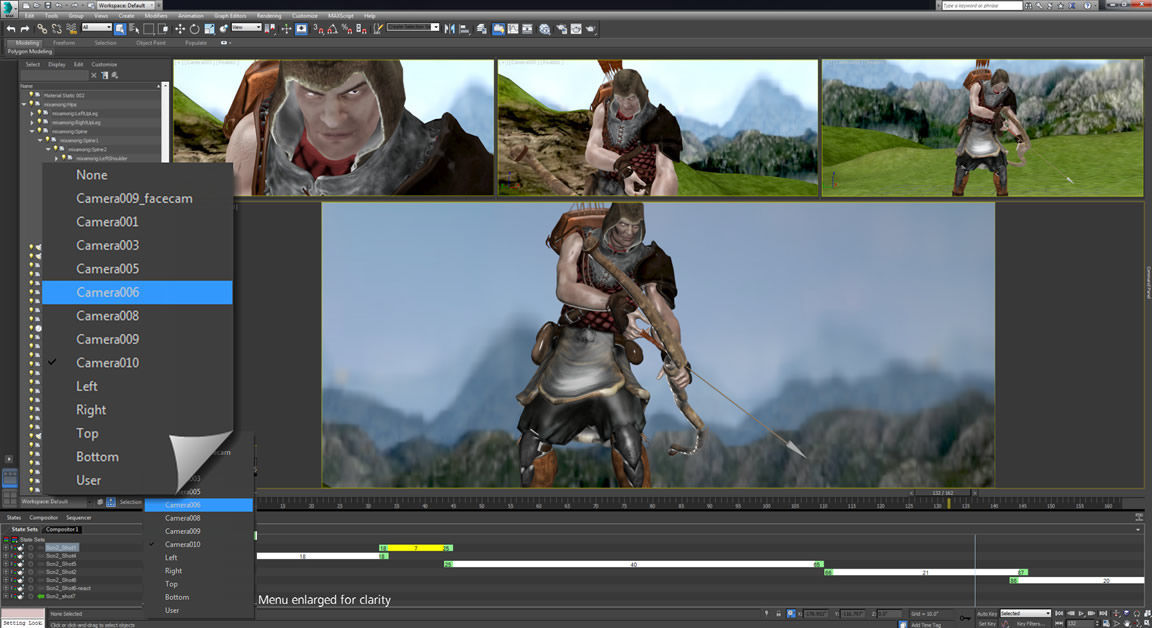
When off, the animation plays once and then stops. When on, playback repeats until you stop it by clicking an animation control button or the time slider channel. When off, all viewports display animation.Ĭontrols whether the animation playback occurs only once, or repeatedly. When Real Time is off, viewport playback occurs as rapidly as possible and displays all frames.Ĭauses playback to occur only in the active viewport. Playback group Real Time Real Time causes viewport playback to skip frames to keep up with the current Frame Rate setting. Move the time slider to set keyframes in between keys.In the Time Configuration Time Display group, turn on FRAME:TICKS or MM:SS:TICKS.The animation now plays in all four viewports. In the Time Configuration Playback group, turn off Active Viewport Only.To play your animation in multiple viewports: Choose the direction of the animation playback by selecting Forward, Reverse or Ping-Pong.In the Time Configuration Playback group, turn off Loop.


This also works to compress animations into a shorter space of time. The animation is rescaled to the new number of frames. Change the value in Length to be the number of frames you want the action to fill.

In the Time Configuration dialog Animation group, click Re-scale Time.To stretch out your existing animation over a longer time: The default setting for the active time segment runs from frames 0 to 100, but you can set it to any range. Returning the active segment from 0 to 1000 restores access and playback of all the keys.Ĭhanging the active time segment has the following effects: it restricts the range of time you can use with the time slider, and it restricts the range of time displayed when using the animation playback buttons. You can only work on the 150 frames in the active segment, but the remainder of the animation stays intact. For example, if you have keys scattered over a range of 1000 frames, you can narrow your active time segment to work on only frames 150 to 300. You can change the active time segment without affecting the keys you've created. You can enter positive or negative values in any spinner, but you must use the same format used by the time display. Set Length to specify the amount of time in the active time segment and automatically set the correct End Time.Set End Time to specify the end of your active time segment.In the Time Configuration dialog Animation group, set Start Time to specify the beginning of your active time segment.


 0 kommentar(er)
0 kommentar(er)
